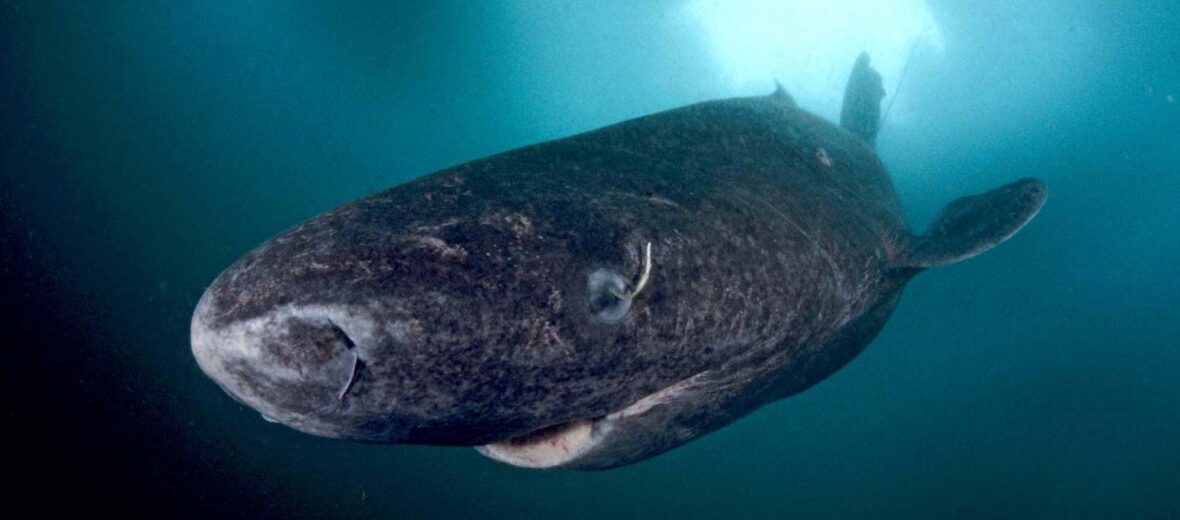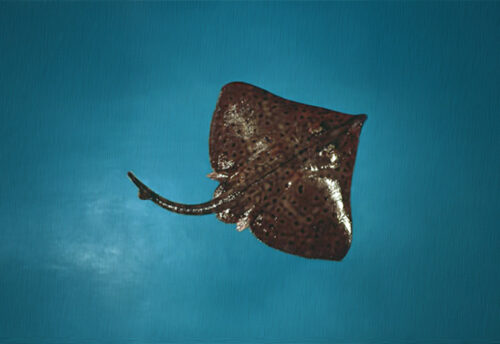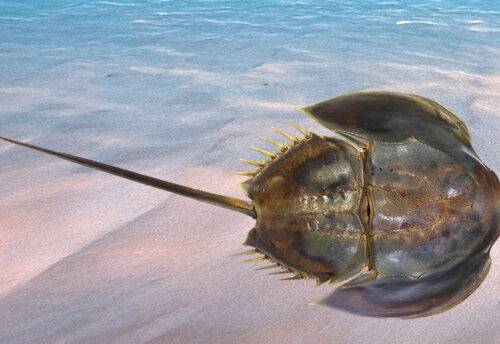
In the deep Arctic oceans lives a peculiar shark called the Greenland shark, aka grey shark, sleeper shark, gurry shark, or Eqalussuaq (Inuit name). These gentle giants are found in the north Atlantic Ocean near Norway, Iceland, Canada, and of course Greenland. They prefer cold deep water and solitude. These sharks are listed as Vulnerable by the IUCN. This is due to climate change and overfishing.
First the Stats…
Scientific name: Somniosus microcephalus
Weight: Up to 2,100 lbs.
Length: Up to 21 feet
Lifespan: Up to 500+ years
Now on to the Facts!
1.) Being secretive is in their nature. The first photos of a live Greenland shark were taken in 1995 and the first videos were taken in 2003.
2.) Although primarily scavengers and eaters of carrion (dead animals), these sharks will also eat fish and seals.
3.) They can dive to depths of over 7,200 feet! And you thought you had a lot of pressure in your life.
4.) These sharks aren’t going to win any races any time soon. Their average speed is .76 mph. But moving slowly helps to conserve energy.
5.) 30° – 50° F is their preferred temperature range. They are the only known shark that can tolerate the cold of the Arctic all year long.
But wait, there’s more on the Greenland shark!
6.) Greenland sharks are often parasitized by the copepod Ommatokoita elongata. These nasty parasites live off of eating the corneal tissue of the shark’s eyes. This causes partial blindness. It has been observed that around 90% of these sharks host the parasite.
7.) Due to how their teeth are arranged and shaped, they simply bite, swing their head in a circular motion, and they can cut out a round plug from whatever they’re eating. This “plug” is then swallowed.
Did you know…?
Their meat can cause symptoms compared to severe intoxication, and the neurotoxins in their flesh can even take down the toughest stomachs. This is due to the trimethylamine oxide in their meat. This chemical helps them stabilize their enzymes & structural proteins vs the crippling effects of the severe cold and high pressures in their environment.
8.) Because of their brief tolerance of brackish (mildly salty) water, they have been found traveling up tributaries and may even end up in places like Lock Ness. Perhaps the “monster” of Lock Ness is simply a Greenland shark.
9.) Igloolik Inuit believe that this shark resides in the urine pot of Senda, the goddess of the ocean.
10.) Pangnirtung Inuit states that the shark came to be after a woman washed her hair in urine and dried it with a cloth. This cloth blew into the ocean and became the shark. What is it with Inuits and urine? Oh well, to each their own.
Now a Short Greenland Shark Video!
Also, check out the Critter Science YouTube channel. Videos added frequently!
Want to suggest a critter for me to write about? Let me know here.



